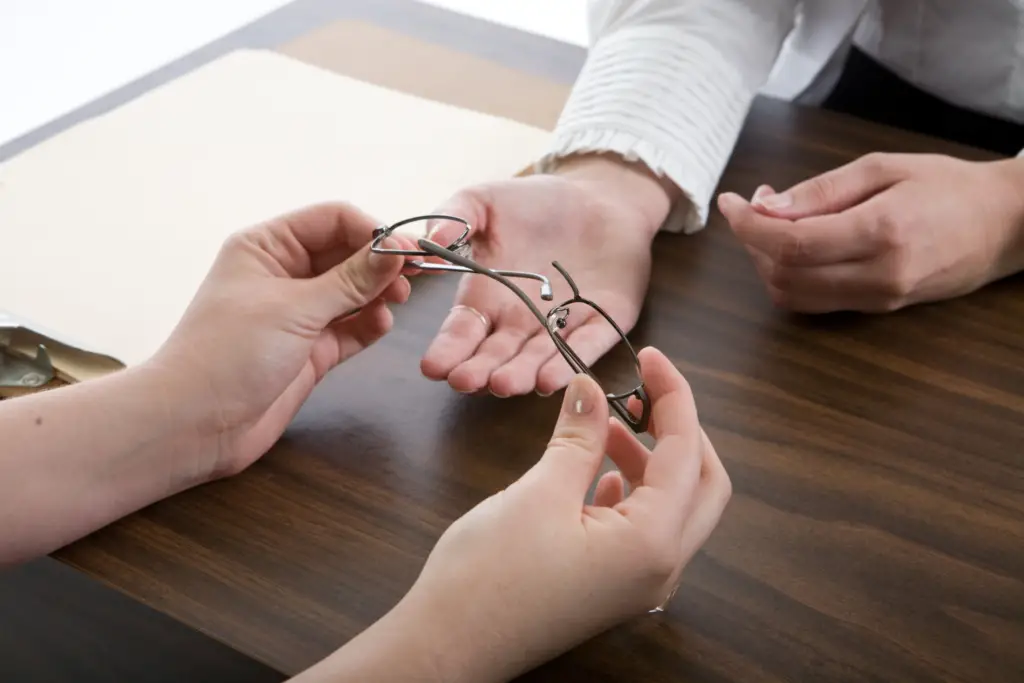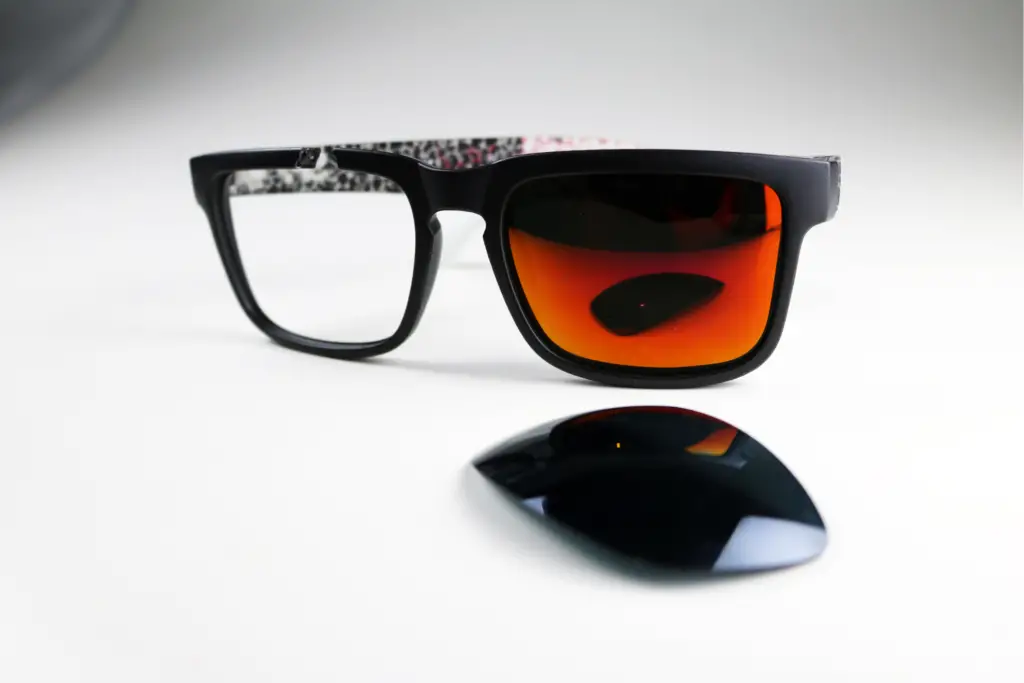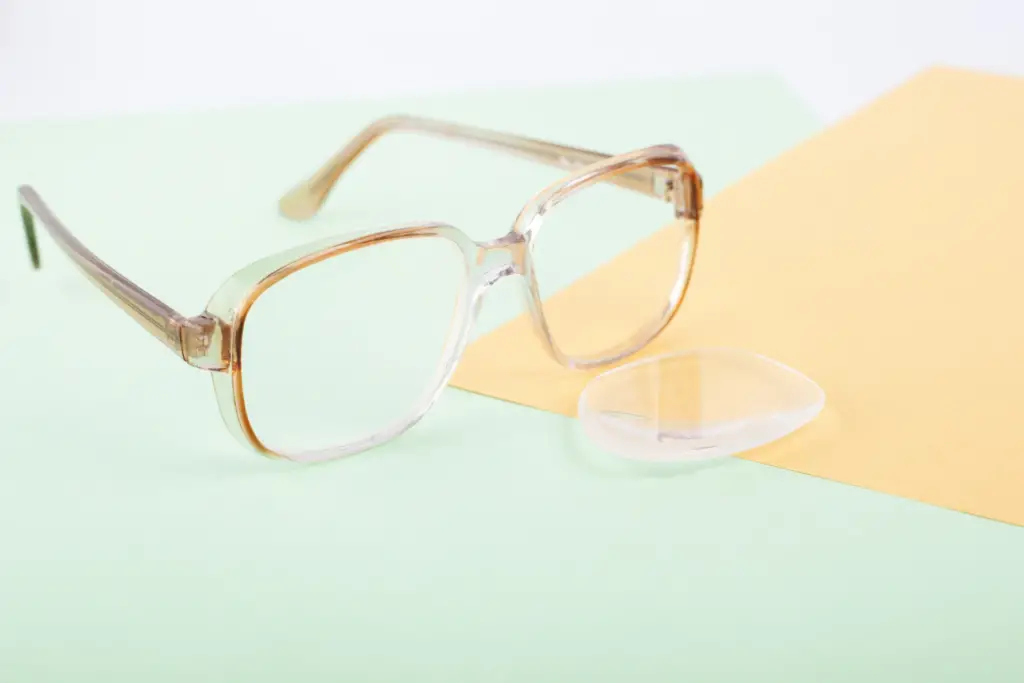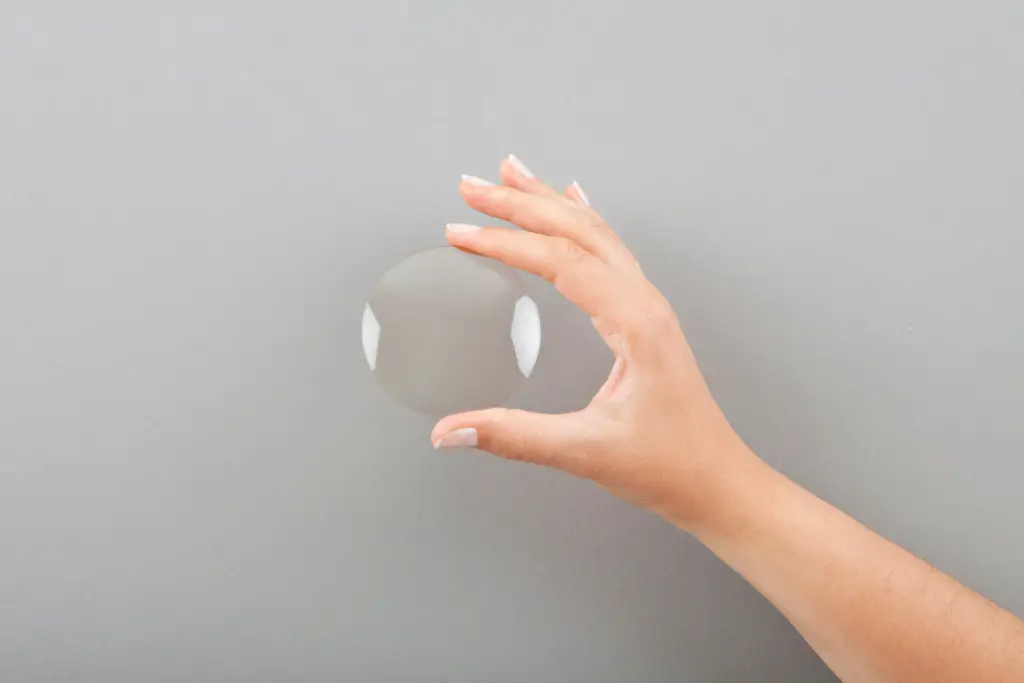Sustainable Choices for Your Eyewear
- Your Options Covered

According to statista.com, worldwide there are over 1 billion eyewear frames and lenses sold each year. The quantities are enormous and given almost all are made from virgin metals and plastic, it is important to consider sustainable alternatives.
- How can I make my glasses or eyewear more sustainable? This covers what to look out for when purchasing something new and where to shop sustainably.
- Can you put new lenses in old glasses?
- What company will put new lenses in old frames?
- Where can I get second-hand prescription glasses?
- Are old prescription lenses still good?
- Can I get frames for my old lenses?
How can I make my glasses or eyewear more sustainable?
-
Frame materials are locally sourced
-
Glasses are locally assembled
-
Frames and lenses are high quality and likely to last
-
Packaging is made from recycled materials
-
Packaging is recyclable or compostable
-
The brand is committed to sustainability as part of its operations
-
There is a repair program or frame parts are easily replaceable
-
There is a take-back program, ensuring the products are reused or recycled at the end of their life
Can you put new lenses in old glasses?

What company will put new lenses in old frames?
- Specsavers
- Optical Superstore
- Vision Direct
- OPSM
- Oscar Wylee (Oscar Wylee frames only)

Where can I get second-hand prescription glasses?
Are old prescription lenses still good?
- Blurred vision
- Increased headaches
- Difficulty focusing
- Frequent squinting
- Eye fatigue
- Seeing double

Can I get frames for my old lenses?
After more information? You may be interested in....
Don’t Throw Them Away – Practical Uses for Your Old Glasses – if you have old eyewear, don’t trash it! Explore this guide, which covers options to repair, reuse and recycle glasses.
Sustainable Sunglasses – Know What to Look Out For – learn about the different options available to make your sunglass purchase a sustainable one.
9 Sustainable Sunglass Brands Worth Checking Out – for a list of Australian brands making sunglasses from sustainable materials and a summary of the pros and cons of each.
Replacing New Lenses in Your Old Frames – Is it Worth it? – for further information about getting new lenses into your existing frames, in particular, how much this will cost
7 Sustainable Eyewear Brands Worth Checking Out – for a list of Australian brands making prescription glasses from sustainable materials.
Plant-Based Sunglasses – What Are They Made From Really? – read this if you want to know what “plant-based” sunglasses really mean and what makes them a sustainable option.
A Close Look At Bamboo Sunglasses – Sustainable or Not? – for a great overview of bamboo as a material source, allowing you to judge whether it is a sustainable option or not.
Recycled Metal Sunglasses – From Waste to Wearable – discover the unusual source materials used in recycled metal sunglasses and the studies that show they are a sustainable option.




